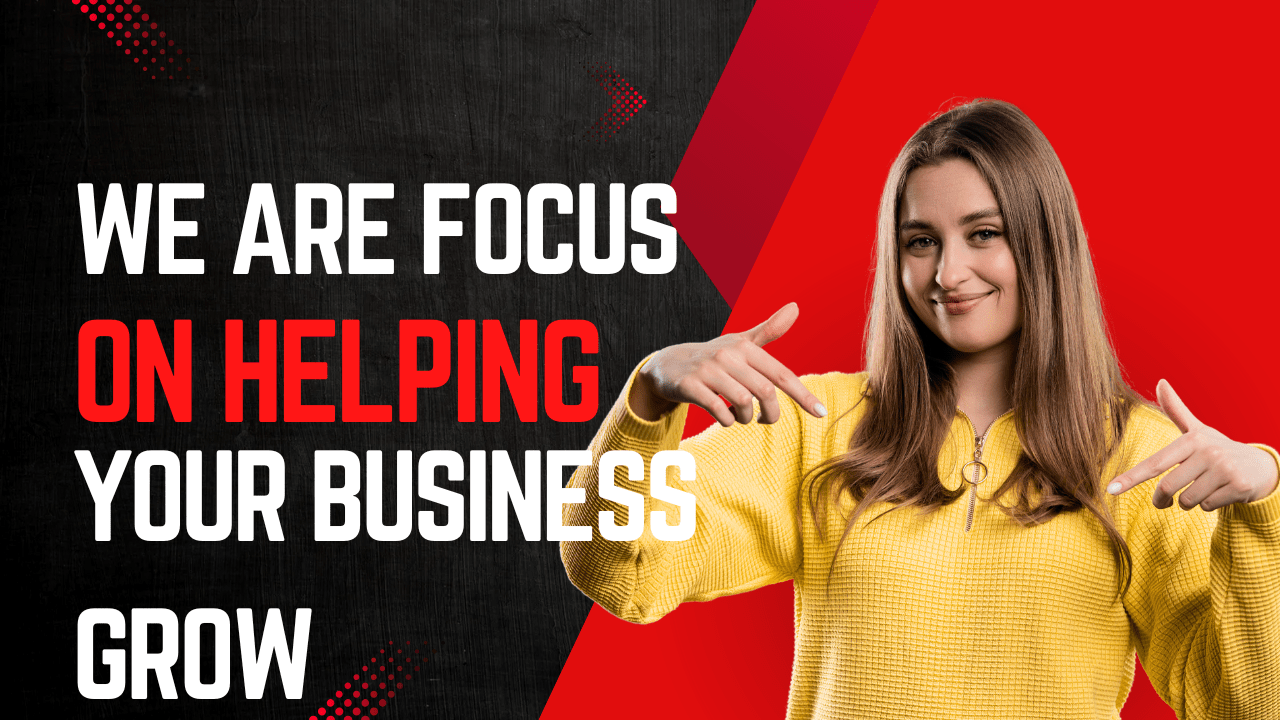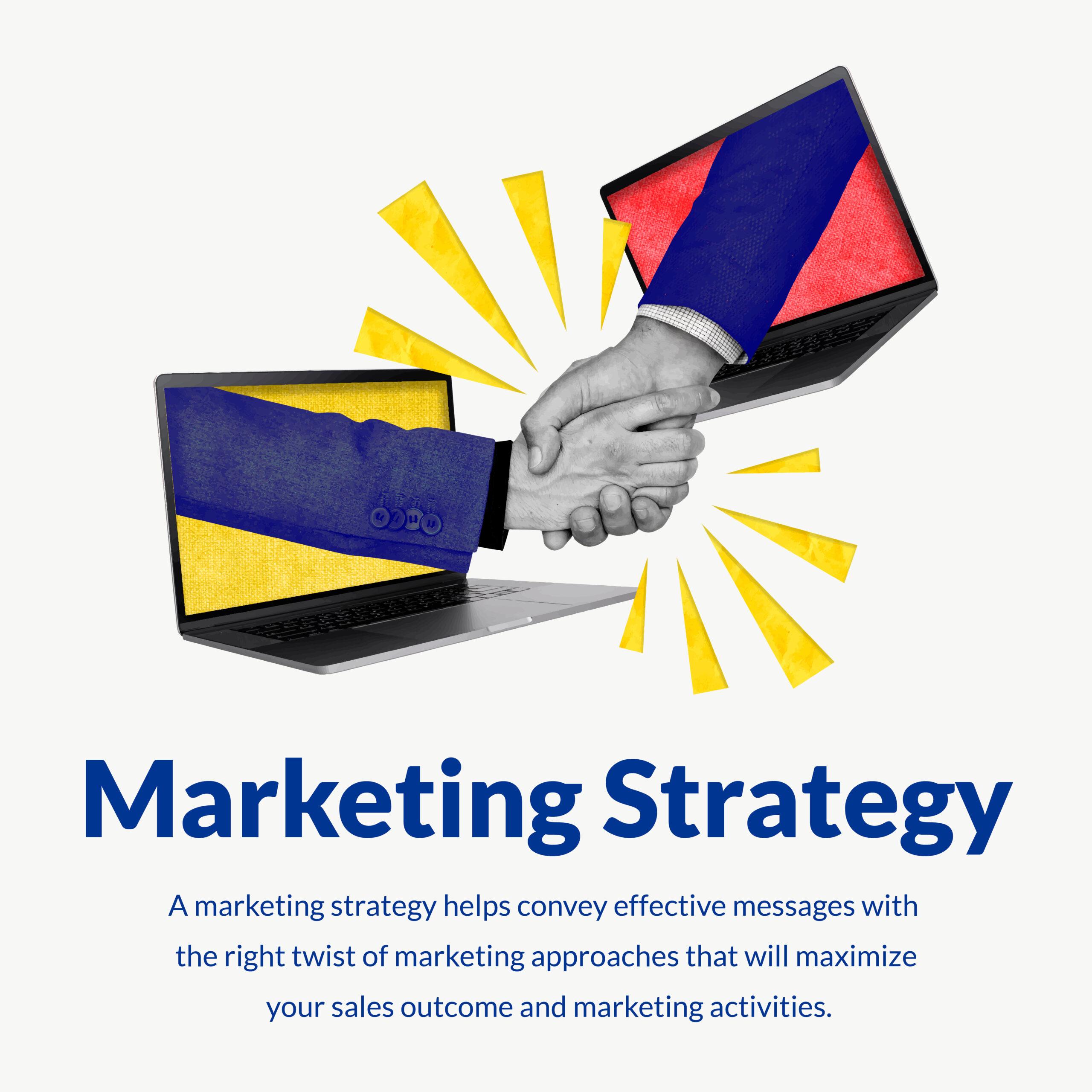Table of Contents
ToggleWhy Choose Our Digital Marketing Agency in 2025
Choose Our Digital Marketing agency because we focus on helping your business grow. Our team creates tailored strategies to boost your online presence, increase traffic, and drive sales. We are dedicated, reliable, and committed to delivering results that matter to your success.

What Is Digital Marketing
Digital Marketing is Normally using the internet and technology to promote your business & products or services. Digital Marketing is one of the best way of every business’s launch to online business to promote and advertise to every customers it helps to grow our business. It includes a variety of online strategies like social media marketing, email campaigns, search engine optimization (SEO), content marketing, and online ads. The goal is to reach people where they spend a lot of their time—online—and engage with them in a way that drives interest, sales, or brand awareness. It’s a powerful tool because it can target specific audiences and track results in real time.
Benefits of Digital Marketing
Every Agencies—from large international organizations to independent brick-and-mortar stores—can gain from advertising themselves online. This is how digital marketing can take your business to the next level.
Reach a Global Audience: Unlike traditional marketing, digital marketing lets you connect with people from all over the world, 24/7.
Cost-Effective: It’s often cheaper than traditional methods like TV or print ads, especially when you consider the targeted reach and potential return on investment.
Targeted Marketing: You can reach specific audiences based on their interests, behaviors, location, and more. This makes your campaigns more effective.
Measurable Results: With digital tools, you can track how well your campaigns are performing in real time. This helps you adjust strategies quickly.
Engagement and Interaction: Digital marketing allows direct interaction with your audience through comments, messages, and social media, helping build relationships.
Flexible and Adaptable: You can change your campaigns on the fly, test new ideas, and optimize based on what’s working.
Higher Conversion Rates: Because of targeted ads and personalized content, businesses often see higher conversion rates compared to traditional marketing.
Types of Digital Marketing
1. Search Engine Optimization (SEO)
2. Social Media Marketing
3. Content Marketing
4. Email Marketing
5. Affiliate Marketing
6. Pay-Per-Click (PPC) Advertising
7. Video Marketing
8. Influencer Marketing
9. Display Advertising
10. Mobile Marketing
1. Search Engine Optimization (SEO)
Search Engine Optimization is all about improving your website so that it ranks higher on search engines like Google. The higher your site appears in search results, the more people will visit it. SEO helps you attract more organic (free) traffic by making your website more appealing to search engines.
1. On-page SEO
On-Page SEO is about optimizing elements on your website to improve search engine rankings. This includes using relevant keywords, creating quality content, optimizing titles, meta descriptions, headings, and ensuring easy navigation. It helps search engines understand your content and boosts your chances of ranking higher.
2. Off-page SEO
Off-Page SEO focuses on activities outside your website to improve search rankings. This includes building high-quality backlinks, social media marketing, influencer outreach, and managing online reviews. It helps establish your site’s authority and credibility, signaling to search engines that your content is trustworthy and valuable.
3. Technical SEO
Technical SEO helps search engines easily find, read, and make sense of your website. It includes optimizing site speed, mobile-friendliness, secure connections (HTTPS), structured data, and fixing technical issues like broken links. This helps improve site performance, user experience, and search engine rankings.
2. Social Media Marketing
Social Media Marketing is the practice of promoting your brand, products, or services on platforms like Facebook, Instagram, Twitter, LinkedIn, and TikTok. It involves creating and sharing engaging content—like posts, photos, videos, and ads—to connect with your audience, build relationships, and drive traffic or sales. It’s a powerful way to reach people where they spend a lot of their time online.
Instagram
Twitter
YouTube
Pinterest
LinkedIn

3. Content Marketing
Content marketing means sharing useful, meaningful stuff that your audience actually cares about, so they stay interested and engaged. Instead of directly selling, it focuses on providing useful information—like blogs, videos, infographics, or podcasts—that helps solve problems, answer questions, or entertain. The goal is to build trust, establish authority, and eventually drive customer action.
1. Blog posts
Blog posts are articles published on a website to share information, insights, or stories. They can be educational, entertaining, or promotional, helping to engage readers, build authority, and improve search engine rankings. Blogs are great for driving traffic and connecting with an audience through valuable content.
2. Videos
Videos are engaging content that can tell stories, showcase products, or entertain, making them perfect for platforms like YouTube and TikTok
3. Infographics
Infographics are visual representations of information, making complex data easy to understand and share.
4. Podcasts
Podcasts are audio shows where you can discuss topics, interview guests, or share insights, great for reaching people on the go.
5. Webinars
Webinars are live online events where you can teach, present, or host discussions, allowing real-time interaction with your audience.
4. Email Marketing
Email Marketing is a strategy where businesses send targeted messages to people via email to promote products, share updates, or build relationships. It’s a direct way to reach potential customers and keep existing ones engaged through personalized content, offers, newsletters, and more. It’s cost-effective and great for driving sales.
1. Email Campaigns
Email Campaigns are targeted messages sent to a specific group of people with a clear goal, like driving sales, promoting an event, or sharing new content. They’re usually part of a larger marketing strategy.
2. Email Newsletters
Email Newsletters are regular updates sent to subscribers, packed with helpful content, company news, tips, or special offers. They help keep your audience informed and engaged over time.
5. Affiliate Marketing
Affiliate Marketing is a way for businesses to promote their products through partnerships with individuals or companies (called affiliates). Affiliates earn a commission for every sale or lead they generate by sharing unique referral links. It’s a win-win—businesses reach new audiences, and affiliates earn money for their efforts.
6. Pay-Per-Click (PPC) Advertising
Pay-Per-Click (PPC) Advertising is an online marketing strategy where businesses pay each time someone clicks on their ad. These ads usually appear on search engines like Google or social media platforms. It’s a quick way to drive targeted traffic to your website, and you only pay when people show interest by clicking.
7. Video Marketing
Video marketing means using videos to show off your products, services, or brand in a way people can connect with. It’s a powerful way to engage audiences, tell stories, and showcase what your business offers. Videos can be shared on platforms like YouTube, social media, or your website to attract attention, build trust, and drive sales.
8. Influencer Marketing
Influencer Marketing is a strategy where businesses partner with people who have a large following on social media or other platforms—called influencers—to promote their products or services. Influencers create authentic content, like posts, videos, or stories, to reach their audience and build trust for the brand.
9. Display Advertising
Display Advertising is a way to promote products or services using visual ads like banners, images, videos, or interactive content. These ads appear on websites, apps, and social media platforms to grab attention. They’re great for building brand awareness and driving traffic to your website.
10. Mobile Marketing
Mobile Marketing is all about reaching people on their smartphones and tablets. It includes strategies like mobile-friendly websites, SMS campaigns, app-based marketing, and location-based ads. The goal is to connect with people wherever they are, making it easier to engage with your brand on the go.
1. Optimizing Your Mobile Page Speed
Make sure your site loads fast on phones and tablets. Slow pages can frustrate users and lead to higher bounce rates. Use compressed images, clean code, and fast hosting to improve speed.
2. Designing Your Website for Mobile
Create a responsive design it looks great on any screen, big or small. This means easy-to-read text, clickable buttons, and simple navigation so users can find what they need without hassle.
3. Creating Mobile-Friendly Emails
Design emails that look great on small screens with clear fonts, concise content, and easy-to-click links. Use a single-column layout for better readability and make sure your call-to-action stands out.
4. Experimenting with In-App Ads
Try placing ads within mobile apps to reach users directly. These ads can be in the form of banners, videos, or interactive content, and they’re great for targeting specific audiences based on their app usage.
Together, these strategies help ensure your brand performs well in the mobile space, reaching users effectively and driving engagement.
How to create a digital marketing strategy
Creating a digital marketing strategy is all about planning how to reach your target audience online and achieve your business goals. Here’s a simple step-by-step way
1. Set Clear Goals
Decide what you want to achieve—whether it’s increasing website traffic, boosting sales, growing your social media following, or building brand awareness.
2. Know Your Audience
Understand who your ideal customers are, what they like, where they spend time online, and what problems your product or service can solve for them.
3. Choose the Right Channels
Pick the platforms that best reach your audience, like social media, email, SEO, PPC, or content marketing. Where is interest your audience is most active.
4. Create a Content Plan
Decide what type of content you’ll produce—blogs, videos, social media posts, podcasts, etc. Make sure it’s valuable, relevant, and engaging for your audience.
5. Adjust and Improve
Based on your analysis, tweak your strategy to improve performance. Digital marketing is dynamic, so stay flexible and ready to adapt.

Why you need Digital Marketing
You need digital marketing because it helps your business reach more people, build relationships, and grow in today’s online world. It’s cost-effective, allows you to target specific audiences, and provides measurable results so you can see what’s working. Plus, it’s flexible—you can adjust your strategy anytime to stay ahead of the competition. Whether you’re a small local business or a big brand, digital marketing helps you connect with customers where they spend most of their time online.
Digital Marketing FAQs
What does a digital marketer do?
A digital marketer helps businesses grow by using online tools and platforms to reach the right people. They create ads, manage social media, send emails, and work on websites to attract and keep customers. Their job is to understand what people want and find smart ways to connect with them online. They might write blog posts, design campaigns, or track how well an ad is doing. Digital marketers use data to learn what’s working and improve it. Basically, they mix creativity with strategy to help brands stand out and succeed in the digital world.
How to Learn Digital Marketing?
To learn digital marketing, start with the basics: understand SEO, social media, email marketing, and paid ads. Free resources like YouTube, blogs, and Google’s Digital Garage are great places to begin. You can also take online courses on platforms like Coursera or HubSpot. Practice by creating your own blog or helping a small business with their marketing. Stay updated—digital marketing changes fast! Follow industry experts, read marketing news, and join online communities. The key is consistency. Learn, try, fail, improve. The more you practice, the better you’ll get. It’s a hands-on field, so dive in and start experimenting.
Can I Start Digital Marketing with No Experience?
Yes, you can definitely start digital marketing with no experience. Many people begin with little to no background and learn as they go. There are tons of free resources and tools are availables online—blogs, YouTube videos, and beginner courses—that can teach you the basics. You don’t need a degree, just curiosity and a willingness to learn is most importance. Start by exploring areas like social media, email marketing, or SEO. Practice by promoting a personal project or helping a friend’s business. Over time, you’ll build skills and confidence. Everyone starts somewhere, and in digital marketing, hands-on learning is one of the best ways to grow.
Do Digital Marketers Make Money?
Yes, digital marketers can definitely make money—and in many cases, a good amount. It depends on their skills, experience, and the type of work they do. Some work full-time for companies, while others freelance or run their own agencies. As businesses rely more on online marketing, the demand (and pay) continues to grow. Entry-level roles might start smaller, but as you gain experience in areas like SEO, paid ads, or email marketing, your earning potential increases. Some digital marketers even earn passive income through affiliate marketing or selling courses. So yes, with effort and skill, it can be a solid career path.
